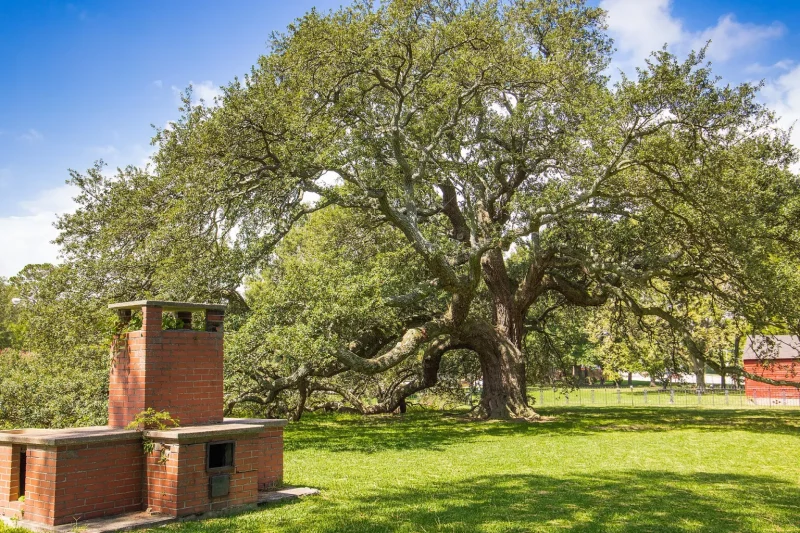HBCUs Carry the Weight of History
Share
Explore Our Galleries
Breaking News!
Today's news and culture by Black and other reporters in the Black and mainstream media.
Ways to Support ABHM?
By Fredrick C. Ingram, Word in Black
HBCUs are having a moment right now. Parents and educators should consider the whole story as a new generation prepares to go off to college, writes Dr. Fedrick Ingram, secretary-treasurer of the American Federation of Teachers.

In the city of Hampton, Virginia, there is an oak tree that has stood for over 200 years.
It is known as Emancipation Oak.
It gained its name because in 1863, that tree was the site where many enslaved people heard the reading of Abraham Lincoln’s Emancipation Proclamation — a reading that restored their humanity and cast off the chains of legalized slavery.
[…]
Two years earlier, under that same tree, a Black woman named Mary Smith Peake — the first teacher hired by the American Missionary Association — committed the near-treasonous act of educating the daughters and sons of Black people who had found refuge in Fort Monroe.
That tree is not only a national landmark, but it now lives on the campus of Hampton University, a historically Black university established just three years after the end of the bloody Civil War.
I share this story for two reasons.
First, I cannot escape the historical poetry of Black women, like the Emancipation Oak itself, spreading their arms to both shade children from a harmful world and educate the next generations to create a better one.
Second, the story of the Emancipation Oak underlines the popular conversation we often have about HBCUs and, more specifically, the ones we DON’T have about HBCUs.
Since the 1980s, historically Black colleges and universities have been making headlines.
Howard is among the better-known HBCUs and was established during reconstruction.
Our breaking news archive provides a new look into Black history.









Comments Are Welcome
Note: We moderate submissions in order to create a space for meaningful dialogue, a space where museum visitors – adults and youth –– can exchange informed, thoughtful, and relevant comments that add value to our exhibits.
Racial slurs, personal attacks, obscenity, profanity, and SHOUTING do not meet the above standard. Such comments are posted in the exhibit Hateful Speech. Commercial promotions, impersonations, and incoherent comments likewise fail to meet our goals, so will not be posted. Submissions longer than 120 words will be shortened.
See our full Comments Policy here.